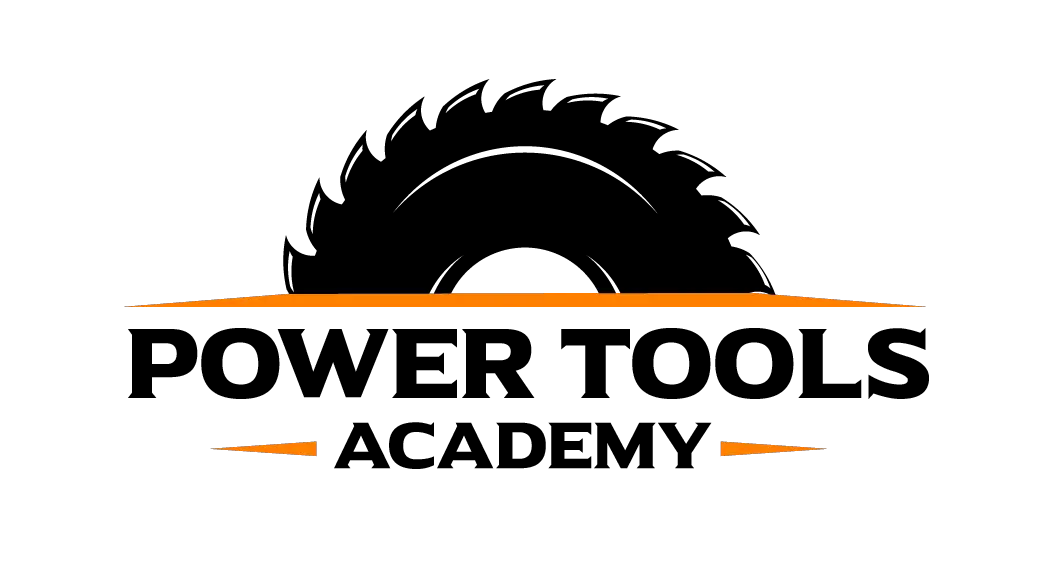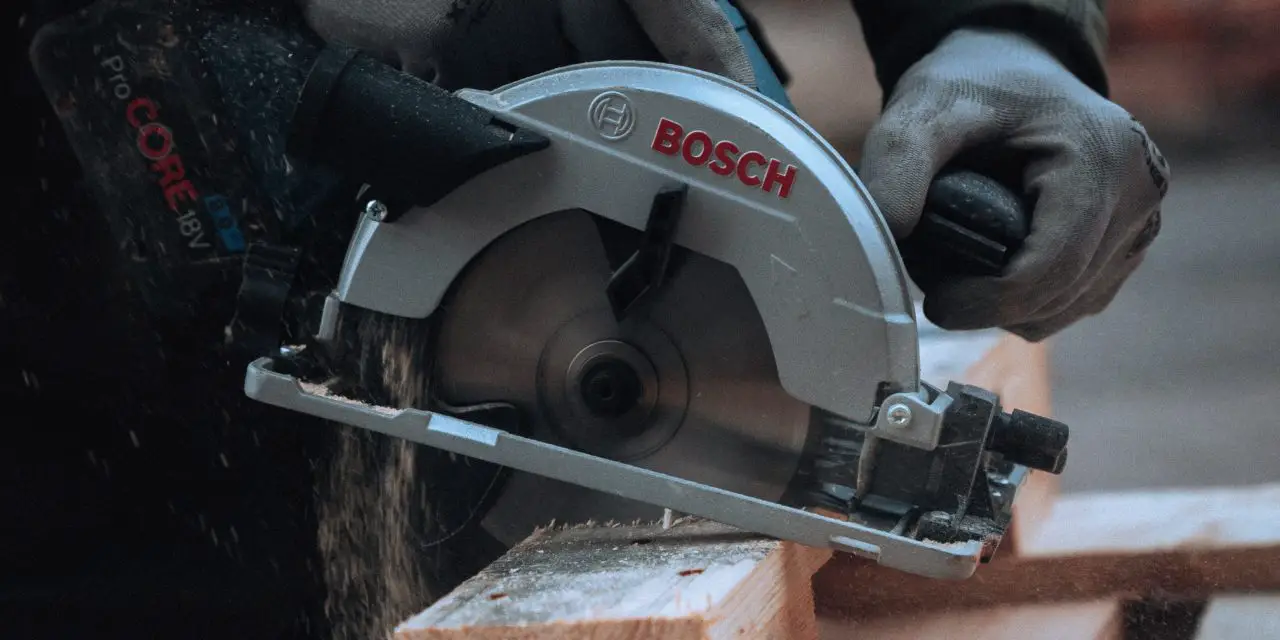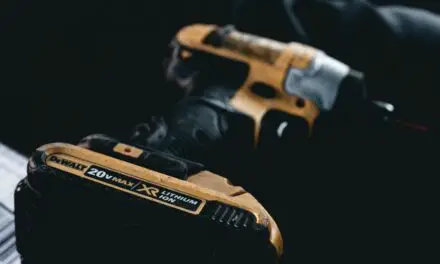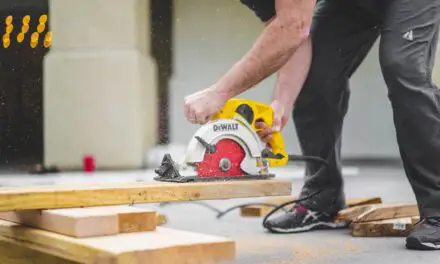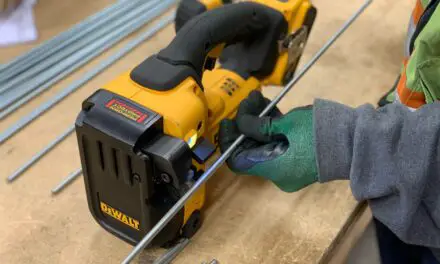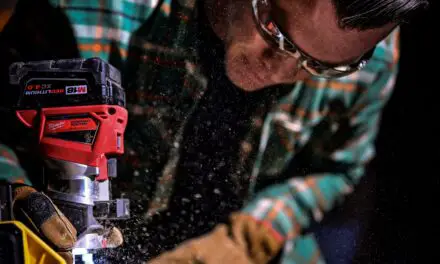When you’re buying something like a saw, it’s essential to choose a model you can use safely and comfortably. If you’re considering purchasing a circular saw, you may wonder: are they usually left-handed or right-handed?
There are both left and right-handed circular saws available for purchase. The best tool companies make circular saws as accessible as possible to everyone. So, when choosing a circular saw, it is best to purchase one that fits your dominant hand.
Below, we will discuss the differences between left and right-handed circular saws. Keep reading to learn more!
Are Circular Saws Right or Left-Handed?
Being left-handed usually means you have a tougher time finding tools that fit your grip correctly.
On the other hand, accidentally purchasing a left-handed tool when you’re right-handed could lead to a few surprises the first time you use it.
For this reason, it’s essential to know whether the circular saw you’re using is intended for left or right-handed users.
Circular saws come in both left and right-handed designs. Left-handed saws are designed with the main handle and the blade on the right side, while right-handed saws are designed with the main handle and blade on the left side.
What is the Difference Between a Right and Left-Handed Circular Saw?
Your dominant hand and the type of circular saw you’re using will determine how you place your hands on the saw.
Below, we’ll discuss the main differences between left and right-handed circular saws to give you a general idea of the saw orientation.
Right-Handed Circular Saws
As a right-handed person using a right-handed saw, the main handle will be in your right hand, while the auxiliary handle will be in your left.
This ensures your hands do not cross.
The saw’s motor is on the cut’s waste side, meaning the piece you are cutting will fall toward you.
And if you are using a right-side blade, the sawdust is ejected away from you.
Left-Handed Circular Saws
Left-handed circular saws have the opposite orientation from right-handed saws.
Your main handle will be in your left hand, while the auxiliary handle will be in your right. Again, your hands will not cross when using the saw.
Cut pieces will fall in the opposite direction from you, but unfortunately, sawdust will be ejected toward you.
Should I Choose a Left or Right-Handed Circular Saw?
When it comes to choosing a circular saw, there are a few things you need to consider before making your final decision.
These include:
- Your dominant hand
- Saw blade orientation
- Visibility
Below, we’ll discuss these three factors.
Your Dominant Hand
When choosing what saw orientation you will be working with, your dominant hand is an incredibly important factor to keep in mind.
A circular saw has a blade guard for the user’s safety, and it’s best to ensure this is between you and the blade.
Saw Blade Orientation
Another thing to think about is where the blade is positioned on the saw relative to the operator.
For a right-handed user using a right-bladed saw, the blade guard will be between you and the blade. This helps protect you from potential harm.
If you’re using a left-bladed saw as a right-handed person, however, using it with two hands means your hand will cross over the blade.
This means you will not have any protection from the guard.
While there is slightly more risk with using a saw not intended for your dominant hand, the difference isn’t huge.
Visibility
Having good visibility on all sides while using a circular saw is important.
One of the main differences between right-handed and left-handed circular saws is the line of sight they offer to the operator.
If the blade is on the right of the saw, it may block your view of what you’re cutting. However, if the blade is on the left, you’ll enjoy optimal visibility while using your saw.
In Conclusion
Circular saws have a lot to offer, and different hand orientations give different users distinct advantages.
Both right-handed and left-handed circular saws are available, so it’s important to consider what you need before deciding on a model.
Choose a saw that fits your dominant hand for the most efficient cuts and the highest level of safety possible.
